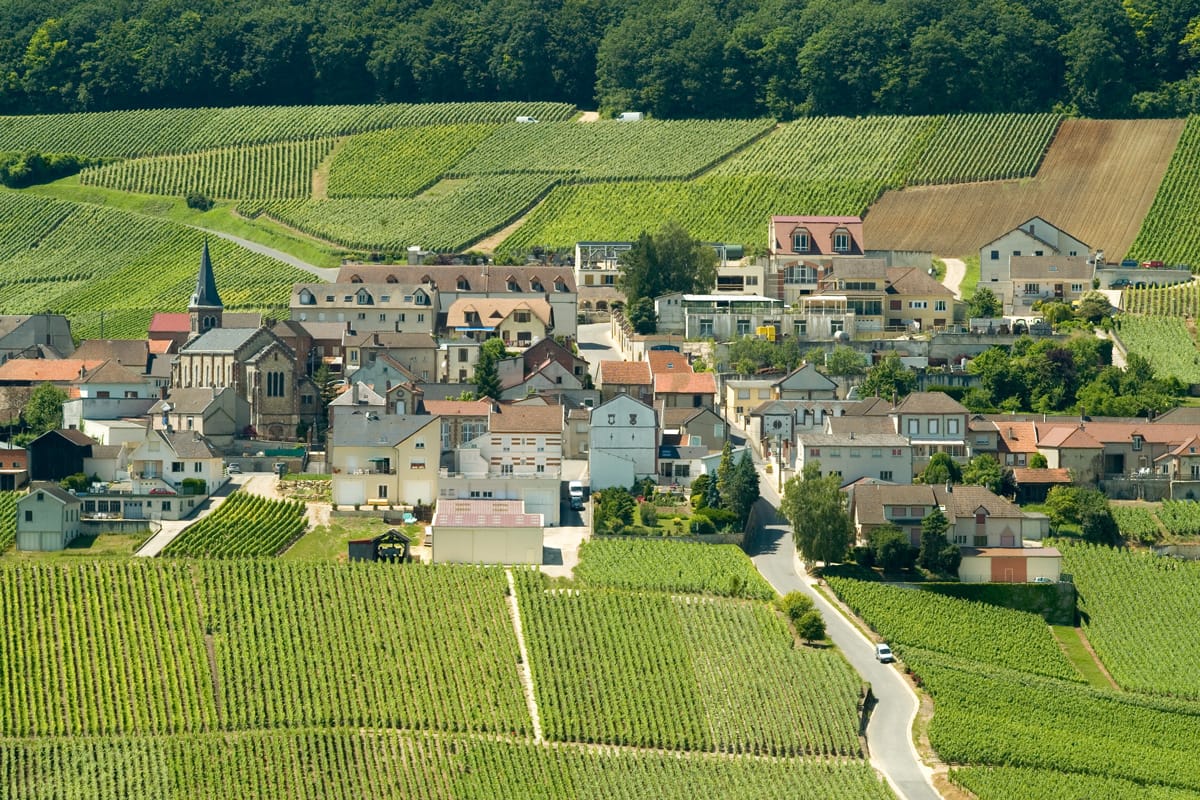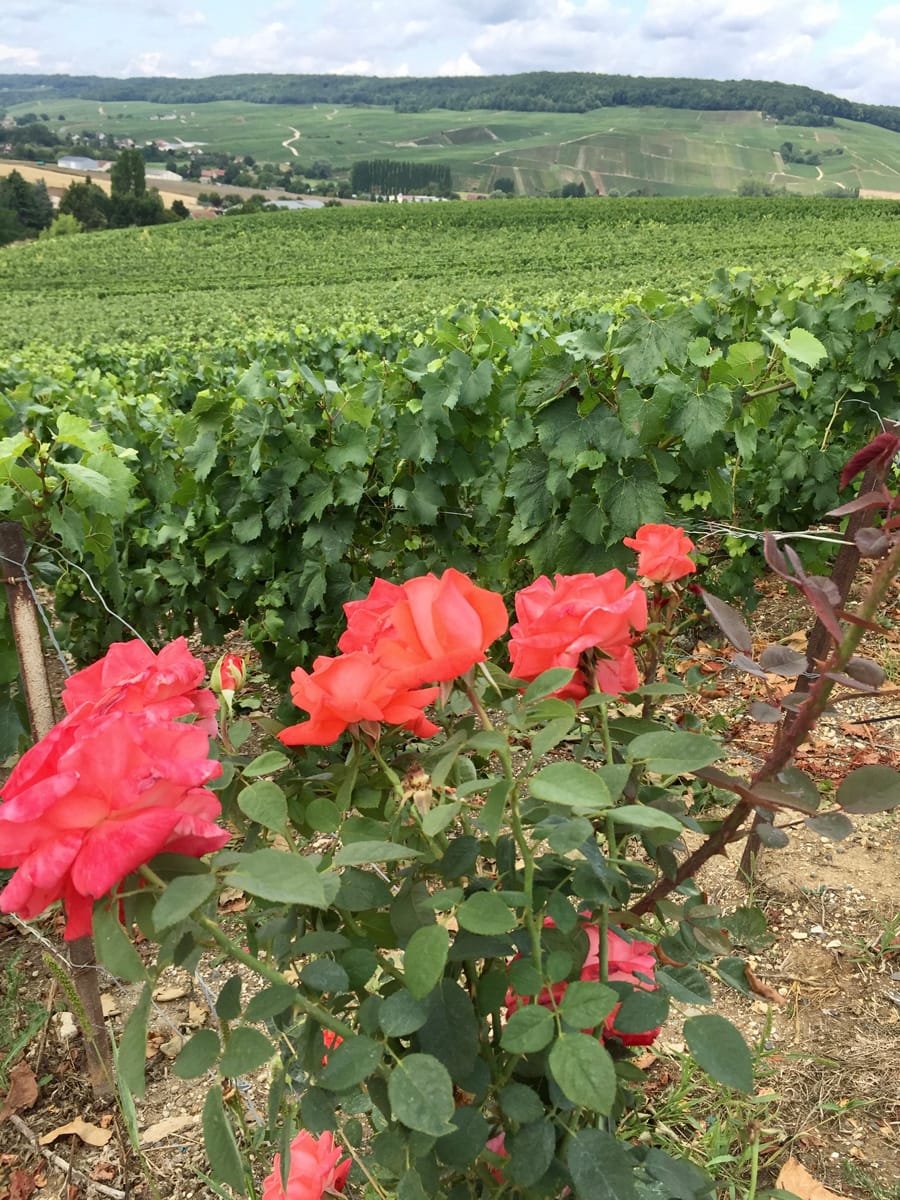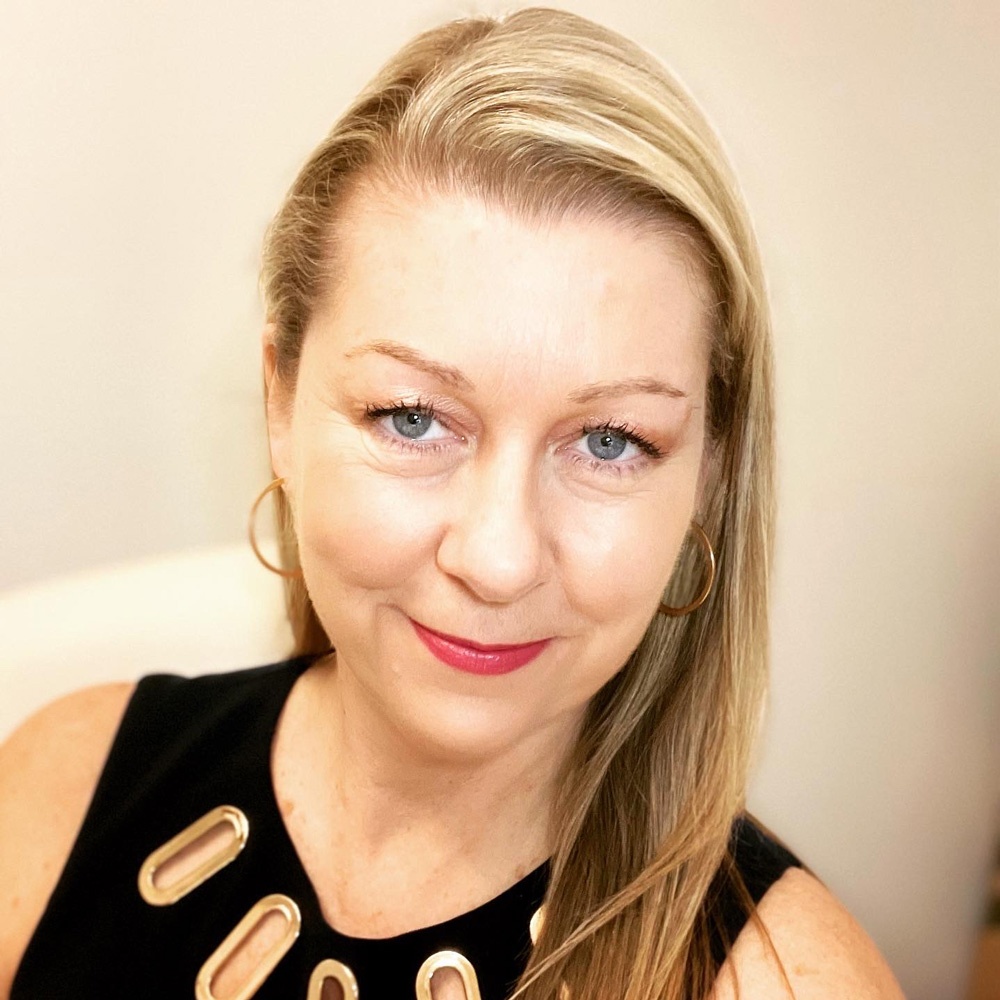
Wine Culture Magazine

Monthelon is one of a cluster of hilltop villages near Épernay. Michel Guillard photo courtesy of Comité Interprofessionnel du Vin de Champagne
Armed with my Master of Champagne certification and my husband’s romantic vision of life abroad, in June 2018 my family and I arrived in the village of Concourt, just south of Épernay in France’s Champagne region, for a one-year adventure.
I quickly learned that immersing yourself in a new country with its unique language and culture takes a great deal of planning, humility and implicit trust that everything will work out. There were many days I questioned our decision to move at all. But the wine gods were paying attention and introduced us to the culture of “un petit verre.”
We had settled into our rental house, a two-storey log cabin nestled between a small forest and a south-facing vineyard planted with Chardonnay and Meunier vines. One morning after school drop-off, we set off on a picturesque six-kilometre circular walk that joined three hilltop Champagne villages: Courcourt, Chavot and Monthelon. We got no more than 250 metres from our home when a friendly neighbour invited us in for un petit verre. Yes, a small glass of water sounded perfect, we thought. But imagine my delight when a perfectly chilled bottle of sustainably grown Champagne was opened instead!
During our time together, I apologized for our lack of fluency in French and pulled up a translation application on my phone. Our neighbour’s eyes twinkled as he said, “After three glasses of Champagne, everyone can speak French.” We left his house feeling lighter and happier. We never finished our walk, but we did make a new friend.
It turns out the Champenois invite friends over, often, for un petit verre, the same way Canadians meet over a cup of coffee or green tea.
It turns out the Champenois invite friends over, often, for un petit verre, the same way Canadians meet over a cup of coffee or green tea. Sharing their sparkling wines is more than a pastime; it is a great excuse to connect, catch up on local weather information and slow down to reflect.
Having un petit verre is also a way to renew your energy, as I found out when I offered to volunteer for the vendange (grape harvest) in August. The manual harvest consists of hard physical labour as machines and tractors are not permitted by law.

Roses bloom next to vines in Champagne. Christine Campbell photo
During vendange, days would start at 7 a.m. with a coffee and then we’d drive off to the vineyards. The first break came at 8:30 a.m., when we all gathered around the supply truck. Everyone received a small, stemless glass called a “blida” to drink from. Talk about un petit verre! I learned that the blida is the only glass Champagne vignerons use in the vineyard due to its practicality. We’d share a bottle of Champagne and nibble on freshly baked brioche. More Champagne bottles would be opened at lunchtime, afternoon break and the end of the day to toast a job well done.
When we learned that the Tour de France bicycle race was coming through the Champagne area, we were thrilled. Friends invited us to their strategic viewing location on top of Mont Bernon overlooking the vineyards of the Côte des Blancs. Everyone held out their blida and took turns filling up each other’s glasses with the delicious Champagne they brought for the special event.
The day was filled with cheering crowds and friends sharing bottles of Champagne in the sunshine, bubbles sparkling in our glasses. It was a perfect memory—an idyllic souvenir—of our time in Champagne.

Christine Campbell is a Vancouver-based freelance and travel writer, educator and host of the Wine Soundtrack Canada podcast. She is WSET certified and is a French Wine Scholar. Follow Christine’s adventures in wine and abroad at girlsgogrape.com and on Instagram at @girlsgograpedotcom.

Christine Campbell is a Vancouver-based freelance and travel writer, educator and host of the Wine Soundtrack Canada podcast. She is WSET certified and is a French Wine Scholar. Follow Christine’s adventures in wine and abroad at girlsgogrape.com and on Instagram at @girlsgograpedotcom.
Copyright © 2026 - All Rights Reserved Vitis Magazine